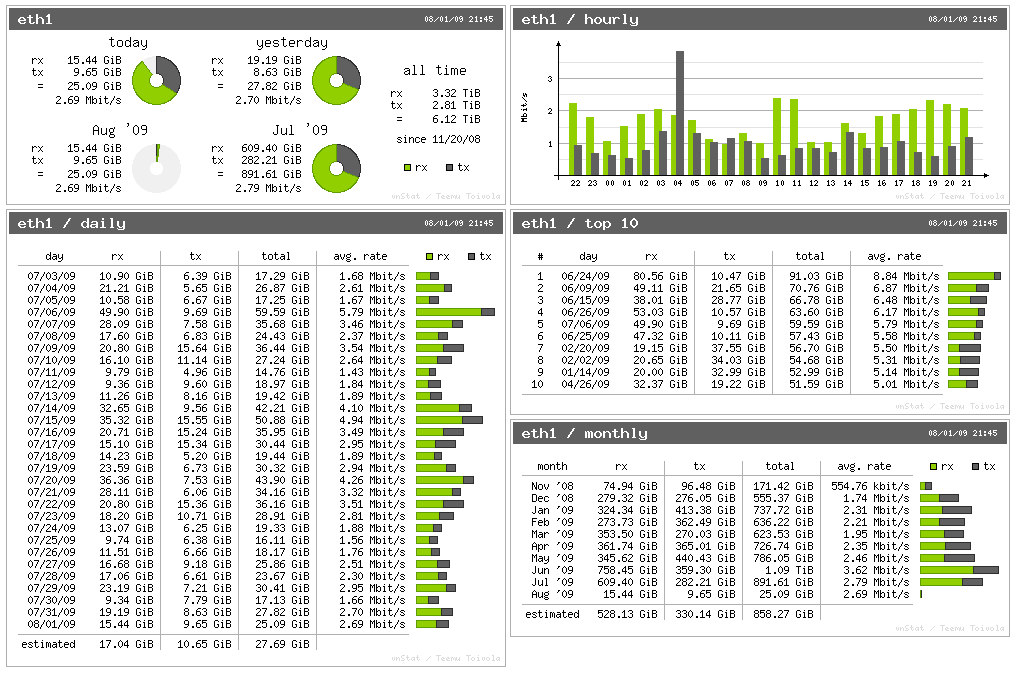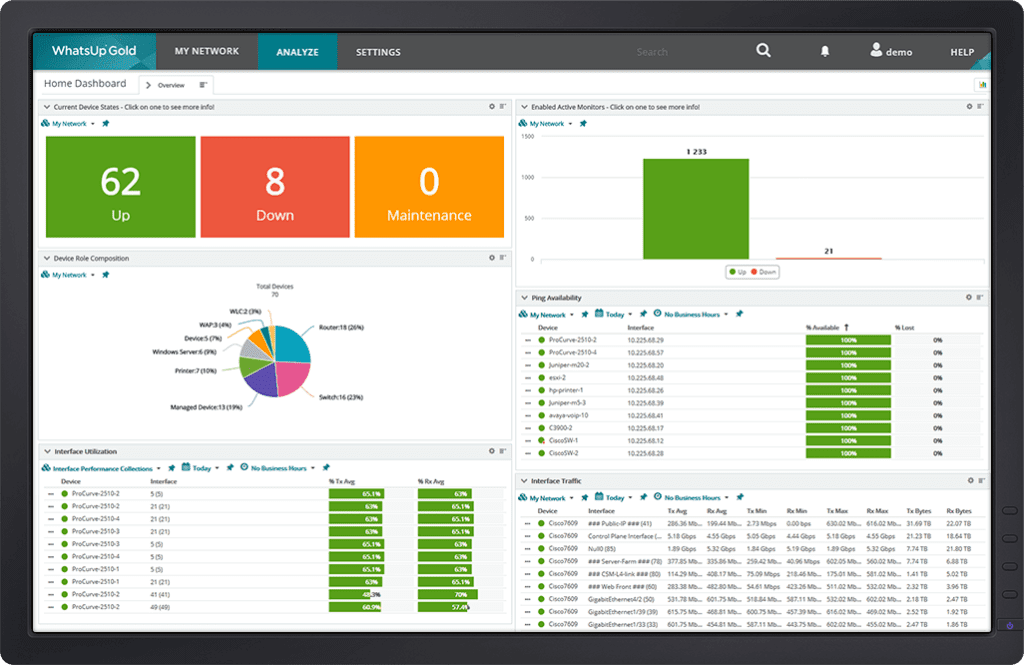
- #WEBSITE BANDWIDTH MONITORING TOOL FULL#
- #WEBSITE BANDWIDTH MONITORING TOOL SOFTWARE#
- #WEBSITE BANDWIDTH MONITORING TOOL FREE#
Hopefully this gives you a leg up if you are just starting your website monitoring journey or it offers a fresh perspective if you’ve been using a website monitoring tool but feel like it’s time for a change or an upgrade. I’ve simply listed out some of my favorites. The list below isn’t intended to be exhaustive.
#WEBSITE BANDWIDTH MONITORING TOOL FREE#
That said, there are dozens of paid and free web monitoring solutions out there.

Pingdom also offers a free 14-day trial, so you can try out all the features yourself. There are additional tests for page speed and synthetic transactions, so you can be notified (via SMS or email) not only when the site is down, but also when performance is slow or when a specific function stops working. Uptime checks originate from over 60 locations around the globe and include a second check to filter out false positives. Pingdom ® has carved out a niche as one of the leaders in this space by offering the widest range of website monitoring solutions, with a user-friendly interface and an affordable price (as long as your budget is something more than “free”).
#WEBSITE BANDWIDTH MONITORING TOOL FULL#
WINNER: Full Service, Reasonable Price Pingdom Just remember that nothing is free, and the cheapest way you can pay for something is with money.
#WEBSITE BANDWIDTH MONITORING TOOL SOFTWARE#
In other cases, paid website monitoring software has features you don’t think you need today, but down the road you might realize you could have used those features, if only they’d been available. In some cases, you won’t get the polling frequency or data retention you need without moving to a paid tier of service. Missing features for these free tools may have to be built with the help of community support or an in-house IT team.

But they are still going to require an investment in time and resources to learn, install, configure, and use. Don’t get me wrong-there are some amazing free options out there. Which is a shame, because this keeps many people trapped in solutions that don’t ultimately serve them, their organizations, or their goals. But for some reason, the idea of being asked to pay for site monitoring tools generates more than its fair share of ire among the tech crowd. Paid: aside from a try-before-you-buy grace period, these tools are pay-all-the-wayĮveryone’s trying to save money.Freemium: solutions that have a free level of service, and another level of service you have to pay for.I’m going to break this review of best website monitoring tools down into three sections: The good news is that there are plenty of website monitoring tools to get this job done, and there’s a solution for every budget. We not only need to know if it’s up and running now, we need to know how it’s been running through the night while we slept, and if it went down, how long was it down for? Optimally, we need to be notified if and when it goes down so that we can jump on the issue quickly to get it running again. But that’s not really what we’re being asked to do in this case. That’s what PING and its many variants are for.

Not only that, but monitoring whether a website is up is often the first monitoring job that requires us to use a tool rather than a command.įor most “is it running”-type questions, IT professionals can just, you know, check. One of the first tasks we get that we can clearly identify as “website monitoring” is often “make sure the website’s up.” We may be doing it for our personal website or blog, or that of a friend or relative running a business, or for work.


 0 kommentar(er)
0 kommentar(er)
